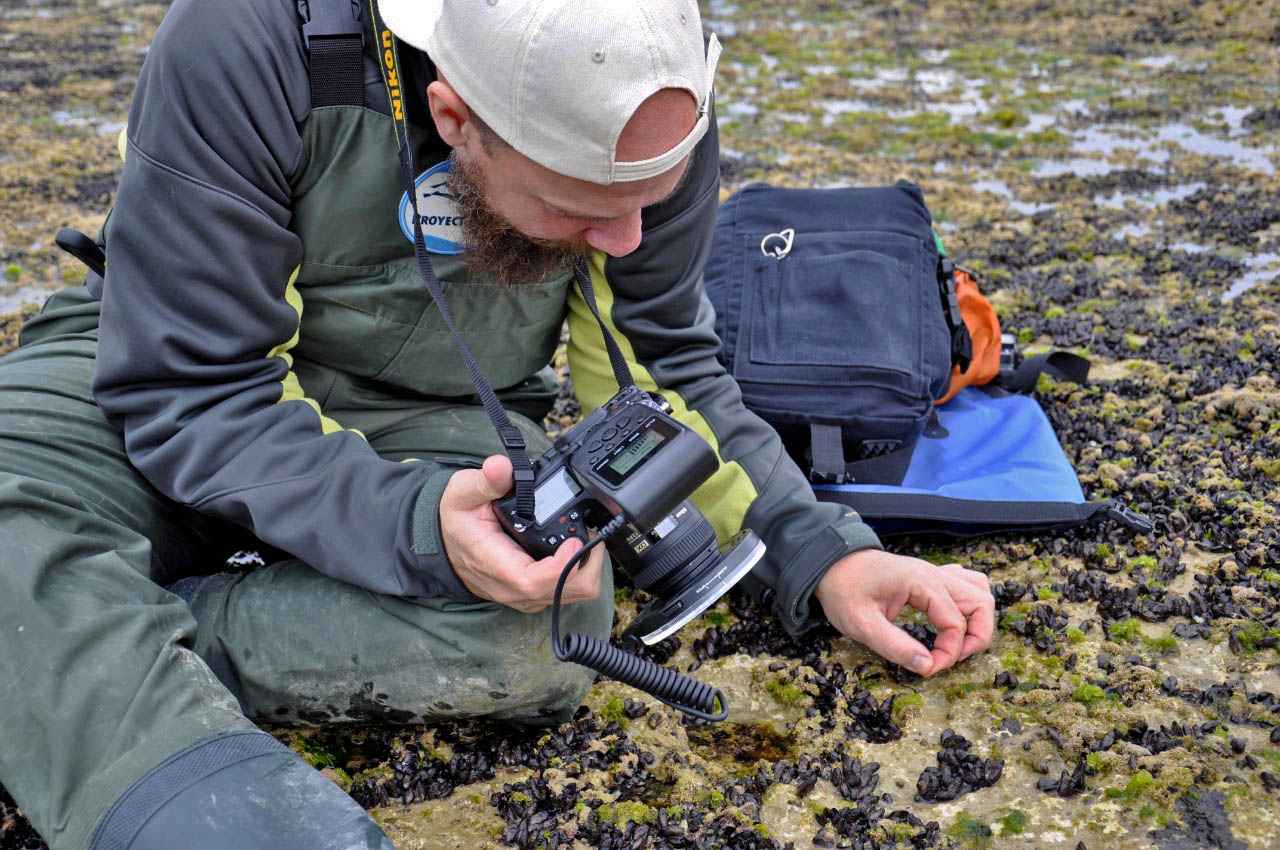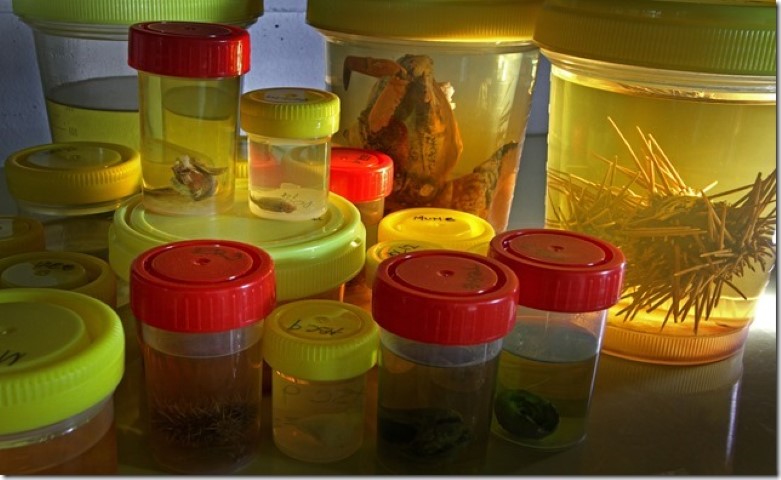Biodiversity and taxonomy
BIOTAX
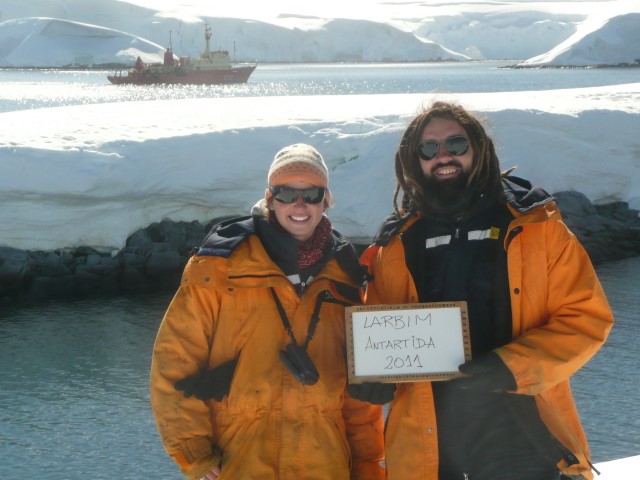
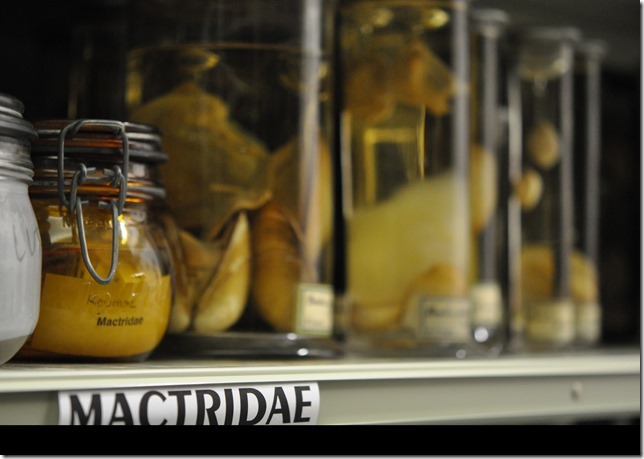
Biodiversity is a direct reflection of the variety and variability of life on the planet. Understanding biodiversity and contributing to its conservation depends in first instance on a correct scientific identification. In this way, taxonomist are those who describe, name and classify organisms, trying to understand the diversity of species and the relationships among them.
In order to understand how benthic ecosystems function, it is imperative to know what organisms occupy this habitat. For this reason, long term monitoring of the taxonomic composition, the diversity of communities and the abundance of each taxon becomes essential. Knowledge of biodiversity at a given time is the first necessary step in a long chain of mid and long term studies needed for the implementation of conservation measures. For example, organisms can be used as indicators of change on a global scale.
At LARBIM our studies are focused on marine invertebrates from the Argentine Sea. We primarily study molluscs, echinoderms and nemerteans. The study of these groups involves integrative taxonomic revisions of coastal species as well as deep water species using traditional morphological taxonomy, morphometric and molecular techniques.
Researchers: Dr. Javier Signorelli, Dr. Martín Brogger, Dr. José Fernández Alfaya and Dr. Lorena Arribas.
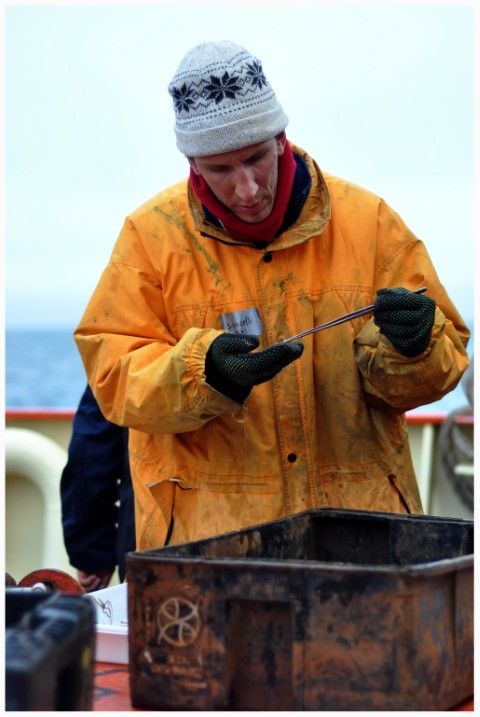
Patagonia Argentina

Bvd. Brown 2915 (U9120ACD)
Puerto Madryn, Chubut - Argentina
Tel.: +54 (0280) 488-3184 int 1329
https://www.larbim.com.ar

